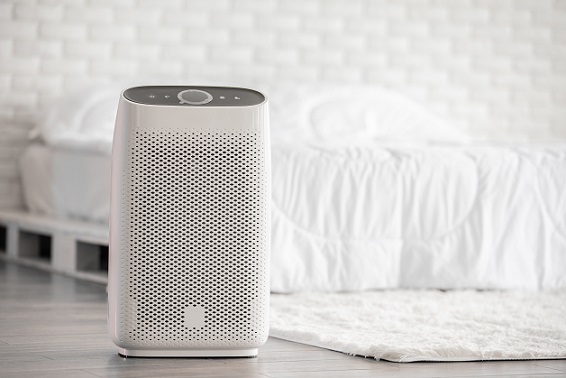Sunlight is essential for the growth and health of plants. Plants produce chlorophyll through a process called photosynthesis. If these plants do not have access to sunlight or light energy, it will wither and die. In hydroponics, insufficient light will hamper a plant’s growth, turn the leaves yellow, or result in thin, elongated stems.
Most hydroponics use high-intensity discharge (HID) lighting systems to grow their plants. The HID has two classification—Single-Ended Light and the Double-Ended Light, such as the Gavita 1700e.
The HID contains an electrical heat tube that discharges high temperatures inside the bulb. The temperature will determine the lux and color emitted by the lamp.
First-time growers would have to strike the right balance between the brightness and the temperature of the room. They may need to invest in good fans and cooling equipment to make sure they grow healthy plants.
CMH or Double-Ended: Which One is Better
You will also have to choose between the Ceramic Metal Halide (CMH) or the Double-Ended Light, such as the Gavita 1700e.
The CMH uses a ceramic arc tube for heating. The gasses can reach higher temperatures than the traditional Metal Halide (MH). The CMH has enough energy per footprint that a 300w bulb can generate more heat compared to a 600w MH bulb.
Then you have the double-ended lights, which are similar to the High-Pressure Sodium or the MH but only brighter. They are more vivid compared to the CMH, which classifies as single-ended HID.
The appearance is also different as they are thinner compared to the traditional CMH. One major advantage is you can save a lot of space since the material requires a small area. The heat also has more room to spread because of the construction of the lighting system. For instance, the Double-Ended Light has no metal frame that would hinder the light from reaching the plants.
Benefits of Double-Ended HID Grow Light
1. More heat. The Gavita 1700e LED, which replaces the popular 1650e model, gives off more heat to grow healthy plants. Although the box label says 645 watts, the output is 1700 µmol per watt. What most people probably do not know is that Gavita is a standard in the double-ended lighting system as the company was a pioneer of the technology.
2. Greater spectrum. Double-Ended Lights provide a broader range, which increases their flexibility. You can use them during the plant’s vegetative state up to the flowering stages. The cooled LED bars will also enable users to install the fixture in low rooms, tents, and vertical racks.
3. Broader coverage. As already mentioned, the way the Double-Ended Light gets constructed allows for wider coverage of heat. The lack of obstruction from the metal frame that you find in Single-Ended HID is crucial. They also have various reflectors so you can adjust the coverage.
Most Double-Ended Grow Lights also have adjustable features that will enable users to dim the brightness by at least 50%. The best thing is that you do not compromise efficiency even with heat reduction, as a result.









